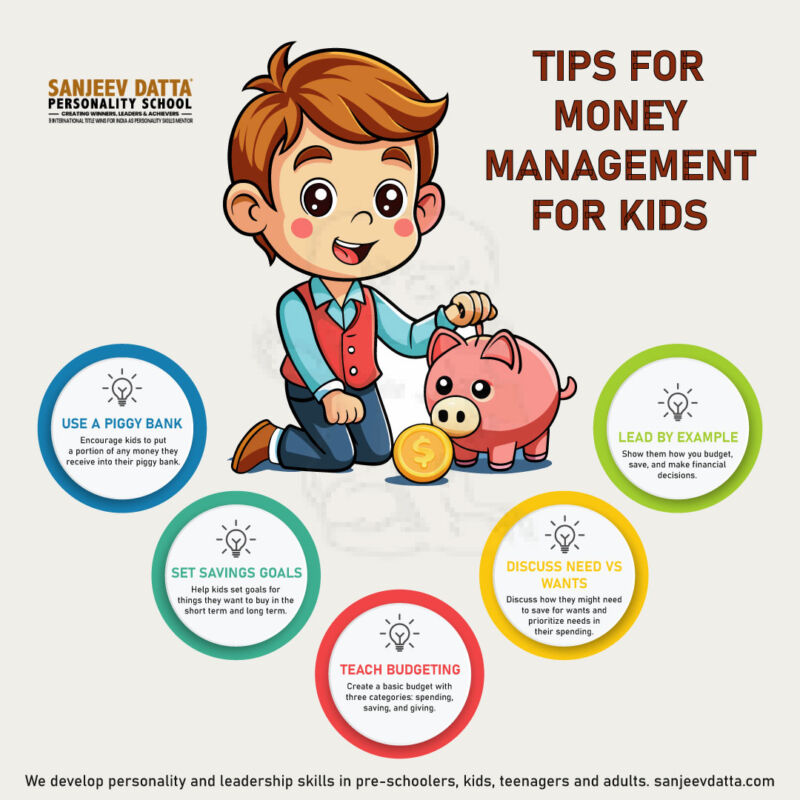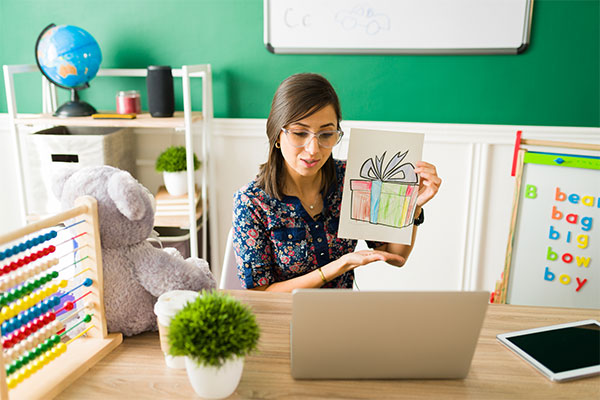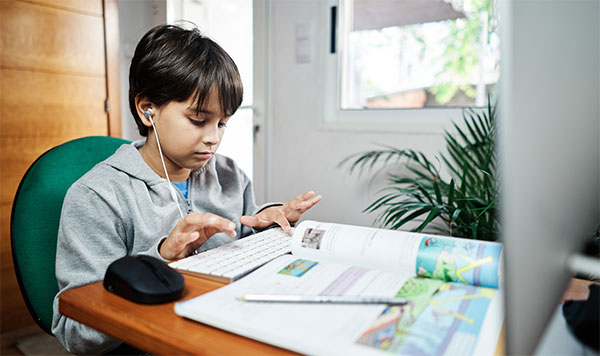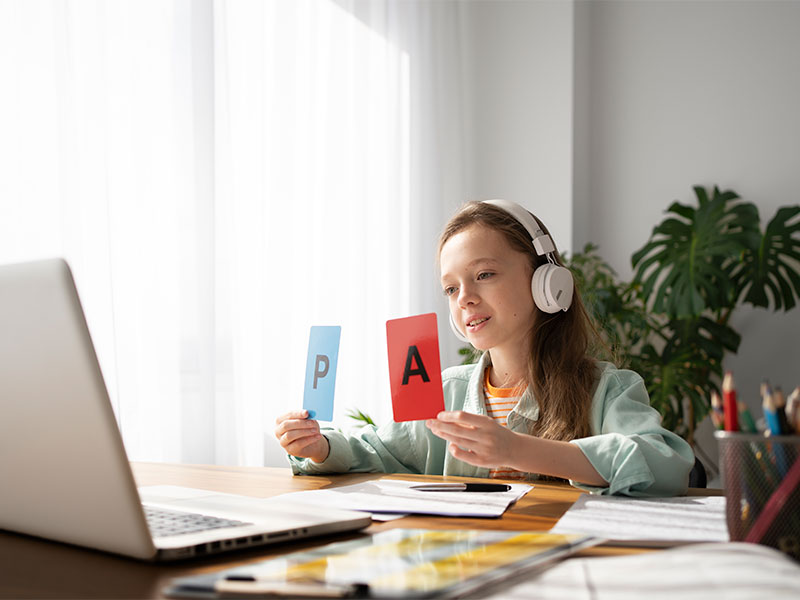Every child is unique in how they absorb and process information. Some children grasp new concepts effortlessly through visual aids, while others thrive on hands-on activities or verbal instructions. Recognizing and nurturing these different learning styles in children is crucial for their academic success and overall confidence. Understanding how your child learns best not only enhances their educational experience but also strengthens the parent-child bond, as it allows you to support them in a way that aligns with their natural abilities. In this article, we will explore the three primary learning styles—visual, auditory, and kinesthetic—and provide practical strategies for parents to adapt learning activities accordingly. By tailoring educational experiences to your child’s unique learning style, you can make studying more engaging, effective, and enjoyable.
The Three Main Learning Styles in Children
Experts in child development and education classify learning styles into three primary categories:
- Visual Learners (Seeing and Observing)
- Auditory Learners (Listening and Speaking)
- Kinesthetic Learners (Doing and Experiencing)
Each of these learning styles influences how a child best absorbs, retains, and applies new information. Below, we dive deeper into each learning style and provide actionable tips for parents to support their child’s learning journey.
1. Visual Learners: Learning Through Sight
Characteristics of Visual Learners:
- Prefer looking at pictures, charts, graphs, and diagrams
- Learn well through reading and writing
- Remember faces but may struggle with recalling names
- Organize their thoughts using lists, mind maps, or color-coded notes
- May be drawn to artistic activities like drawing, painting, or photography
How to Support a Visual Learner:
- Use colorful charts, mind maps, and flashcards for studying
- Encourage note-taking and highlight key points with different colors
- Incorporate videos and educational animations into lessons
- Allow them to observe demonstrations before trying something themselves
- Encourage doodling or sketching as a form of taking notes
💡 Homework Tip: If your child struggles with math, try using visual aids like number lines, bar models, or colorful counters to help them understand concepts better.

2. Auditory Learners: Learning Through Sound
Characteristics of Auditory Learners:
- Learn best through listening and verbal instructions
- Enjoy discussions, storytelling, and group activities
- Remember names and conversations easily
- Have a strong sense of rhythm and may enjoy music or singing
- Often talk through their thoughts and ideas
How to Support an Auditory Learner:
- Read aloud to them and encourage them to read aloud as well
- Use rhymes, songs, and mnemonics to reinforce learning concepts
- Encourage discussion-based learning and verbal storytelling
- Allow them to record lessons or ideas and listen to them later
- Use educational podcasts and audiobooks as learning tools
💡 Homework Tip: If your child struggles with spelling, try turning words into a song or chant to help them remember better.
Visit: discipline techniques for toddlers
3. Kinesthetic Learners: Learning Through Movement
Characteristics of Kinesthetic Learners:
- Learn best by touching, doing, and engaging in hands-on activities
- Struggle with sitting still for long periods
- Enjoy physical activities, building, and crafting
- Remember things better when they experience them physically
- Often use gestures and body language while speaking
How to Support a Kinesthetic Learner:
- Incorporate movement into learning, such as acting out stories or using hand gestures while studying
- Provide hands-on activities like science experiments, craft projects, or building models
- Use real-world experiences, such as trips to museums, nature walks, or interactive exhibits
- Allow them to fidget with small objects while learning to improve their focus
- Use interactive educational tools like touchscreens, puzzles, or games
💡 Homework Tip: If your child struggles with memorizing facts, try turning study time into an active game—such as hopping for each correct answer or tossing a ball while reciting information. If you want to help your child build confidence, improve communication, and develop essential life skills, enroll them in our personality development course for kids! Our expert-designed sessions foster self-expression, creativity, and emotional intelligence, setting children up for lifelong success.
Blended Learning: The Power of Multi-Sensory Learning
While some children strongly exhibit one learning style, most children benefit from a combination of learning approaches. Multi-sensory learning engages more than one sense at a time, making it easier for children to retain information.

For example, when teaching a child about planets, you could:
- Show them pictures and videos (visual)
- Talk about the planets’ characteristics (auditory)
- Let them create a model of the solar system with clay (kinesthetic)
- By incorporating different sensory experiences, you enhance your child’s ability to grasp and retain information more effectively.
How Parents Can Identify Their Child’s Learning Style?

Understanding your child’s learning style requires careful observation and experimentation. Here are a few steps to help identify it:
- Observe Their Natural Preferences
- Do they enjoy looking at books or watching videos? They might be a visual learner.
- Do they prefer listening to stories or explaining things aloud? They could be an auditory learner.
- Do they love hands-on activities and struggle with sitting still? They may be a kinesthetic learner.
2. Experiment with Different Teaching Methods
- Present the same information in various ways and see which one resonates most.
3. Ask Questions and Listen
Ask your child how they like to learn and pay attention to their responses.
4. Adapt and Mix Methods
Use a combination of strategies to cater to their strengths and develop other learning abilities.
Visit: benefits of lifelong learning
The Role of Schools and Teachers in Supporting Different Learning Styles
Educators play a crucial role in creating an inclusive learning environment. Schools should implement a mix of teaching methods, including:

- Visual materials like charts, presentations, and whiteboards
- Auditory techniques like discussions, storytelling, and oral presentations
- Hands-on activities like science experiments, role-playing, and interactive learning stations
- If you notice that your child’s schoolwork isn’t aligning with their learning style, communicate with teachers and suggest alternative approaches.
Conclusion
Recognizing and embracing different learning styles in children is essential for unlocking their full academic potential. Whether your child is a visual, auditory, or kinesthetic learner, tailoring educational activities to their strengths can make learning more enjoyable and effective. By incorporating multi-sensory experiences, parents can create a supportive learning environment that enhances comprehension and retention.
If you want to give your child the confidence to excel academically and socially, enroll them in our classes for personality development for kids! Our programs are designed to enhance communication skills, critical thinking, and emotional intelligence, ensuring a well-rounded growth journey. Understanding how your child learns best is the first step in setting them up for success—start observing, experimenting, and nurturing their learning style today.

